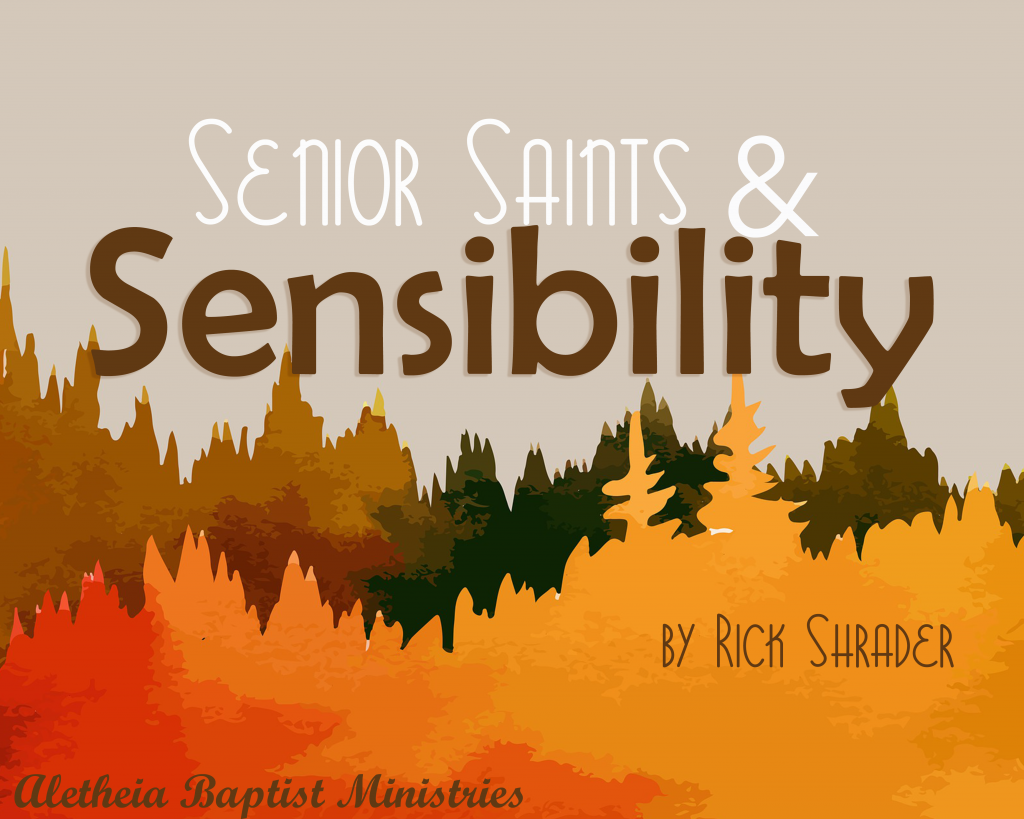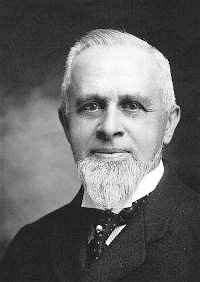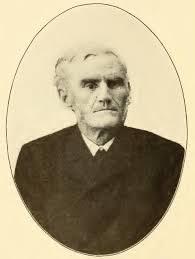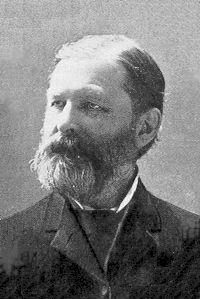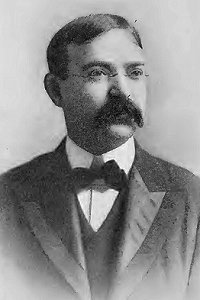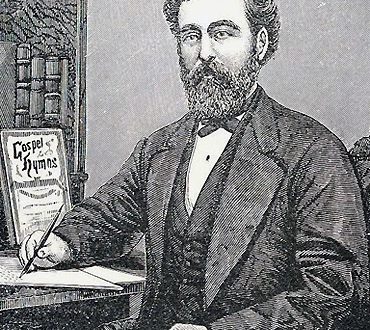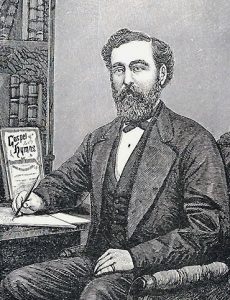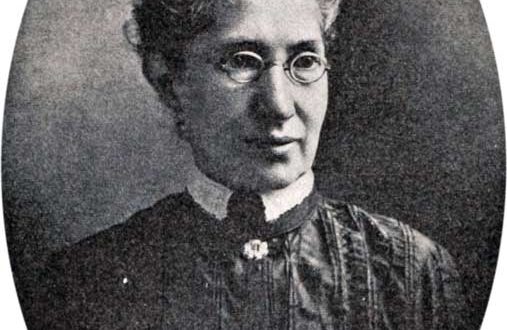John Wilbur Chapman
by Terry Conley

(June 1859 – December 1918)
Chapman was born in Richmond, Indiana. In his youth he attended a Quaker First Day School on Sunday mornings and the Grace Methodist Church Sunday School in the afternoons. When he was seventeen his Sunday School teacher talked to him about Christ during an invitation time. When the speaker asked for those making a confession of belief in Jesus Christ to stand, he said he stood with the rest and joined the local Presbyterian Church in September 1876. He describes the incident as follows: “Mrs. Binkley put her hand under my elbow and I stood up with the others. I do not know if this was the day of my conversion, but I do know it was the day of my acknowledgment of Christ.” He left for Oberlin College (Ohio) later that year and in 1877 went on to Lake Forest University where he earned a B.A (1879). From there he entered Lane Seminary (Ohio) graduating in 1882. He was later awarded a D.D. degree by the University of Wooster (Ohio) and an LL.D. by Heidelberg University (Ohio).
It was at Lake Forest while studying for the ministry when his acknowledgment became acceptance. He attended a Moody Crusade meeting in Chicago and he writes, “When the great evangelist, D. L. Moody, called for an after-meeting, I was one of the first to enter the room, and to my great joy, Mr. Moody came and sat down beside me. I confessed that I was not quite sure that I was saved.” Chapman goes on to say that Moody handed him his Bible and asked him to read John 5:24. Moody asked him if he believed this verse. Chapman said he thought about it and what it meant to him and then he said it all came to him with startling suddenness. He said yes, without reservation, he believed what the Bible said. He stated often that from that day he never questioned his salvation and relationship with God.
Chapman was ordained on April 13, 1881. In 1882, he married Irene E. Steddon and they moved to their new ministry, a two-church field at Liberty, Indiana, and at College Corner, Ohio, ministering on alternating Sundays. In May 1885 he became Pastor at the First Reformed Church of Albany, New York where he stayed until 1890. During that time the membership increased by about 500 and attendance grew from approximately 150 to just more than 1,500 per Sunday. Then came the call to Bethany Presbyterian Church of Philadelphia in January 1890. It boasted the largest Sunday School of the world with the church and school plant seating capacity of 4,820. This was the church of John Wanamaker, wealthy Christian layman. One of the members welcomed him: “You are not a very strong preacher, but a few of us have decided to gather and pray every Sunday morning for you.” That prayer meeting grew to 1,000 participants before it was over. He believed that the church needed some reviving, so he conducted his own revival soon after becoming the Pastor. Approximately 400 new members were brought into the church, most on a profession of faith. He worked to build the church into a strong spiritual and educational center that attracted hundreds. As the church grew, requests for his evangelistic preaching grew. Towards the end of 1892, he felt led to submit his resignation to Bethany because of numerous calls for his services. This included being a preacher for the Moody World’s Fair evangelistic effort in Chicago. Moody later hired him as a Vice President at the Chicago Bible Institute (Moody Bible Institute) but he had to turn down the offer of President due to his dedication to what he believed was his calling as a Pastor and Evangelist.
In December 1895, the Bethany Presbyterian Church congregation again extended a call for Chapman to come back home. He accepted in 1896 and stayed for the next 3 years. Under his preaching, Bethany became the largest Presbyterian Church in North America.
Chapman’s personal life was not an easy one. The Chapmans’ first child, Bertha, was born on April 1, 1886. That joy was cut short by the death of Mrs. Chapman just a month later. Slightly confused and discouraged, he attended the 1886 summer Northfield, MA Conference where his life’s direction was changed. He listened to F.B. Meyer speak and heard him say, “If you are not willing to give up everything for Christ, are you willing to be made willing?” Chapman later wrote, “That remark changed my whole ministry; it seemed like a new star in the sky of my life.”
In addition to his duties as a Pastor and Evangelist, Chapman was also involved with the development of Winona Lake Bible Conference in Indiana. He later became the first director of the conference working as an active leader until his death. He became a leading proponent for the mass evangelism meetings that developed during this time and is credited with presenting the gospel to millions of people who made many thousand professions of salvation. In addition to his preaching and Pastoral duties, Chapman was appointed Corresponding Secretary of the Presbyterian General Assembly’s Committee on Evangelism in late 1895. In this position, he was responsible for overseeing the activities of 51 evangelists in 470 cities. In 1909 his attitude toward higher criticism was demonstrated in no uncertain terms as he demanded that all evangelists and missionaries who doubted the inerrancy of Scriptures be recalled at once.
In 1918 he was elected Moderator of the General Assembly of the Presbyterian Church. This additional responsibility inundated him with such a high level of stress that he developed a serious case of gall stones and needed emergency surgery on December 23, 1918. He did not recover and died two days later, Christmas Day, aged 59.
The last sermon he preached before a large crowd was in November, 1918, at Carnegie Hall for the Prophetic Bible Conference. He spoke on “Saved When the Lord Comes.” His last sermon to his church was preached December 15th and was “Christ, Our Only Hope”. He was a gifted Pastor, Evangelist, and administrator. No one up to that time had been an evangelist to as many people and nations as had Chapman. It has been estimated that he preached 50,000+ sermons to more than a million people across the globe, with many thousands of professions of faith had been made. He had never spared himself and suffered at least thirteen serious breakdowns in his health during the last 15 years of his life. Illnesses and surgical operations laid him aside for extended periods of his life, but his only complaint was being away from his work. When asked about this, his comment was, “I cannot ever recall any hesitation as to being a minister,” he said. “It just had to be.”
In fulfilling all these to the best of his ability, he should also be remembered for writing what I believe to be two of the greatest Gospel filled songs that continue to bless us, Our Great Savior and One Day, both published in 1911.
Who does not thrill to sing the following promise:
Our Great Savior:
Hallelujah! What a Savior!
Hallelujah! What a friend!
Saving, helping, keeping, loving,
He is with me to the end.
Bibliography
- Wilber Chapman, A Biography, Ford C. Ottman, 1920, Doubleday, Page & Company
www.WholesomeWords.org
www.Wheaton.edu/bgc
